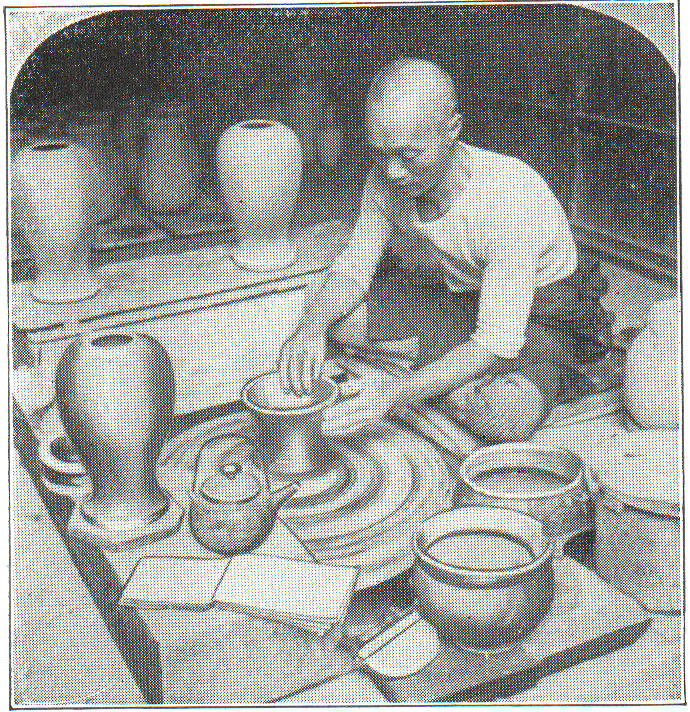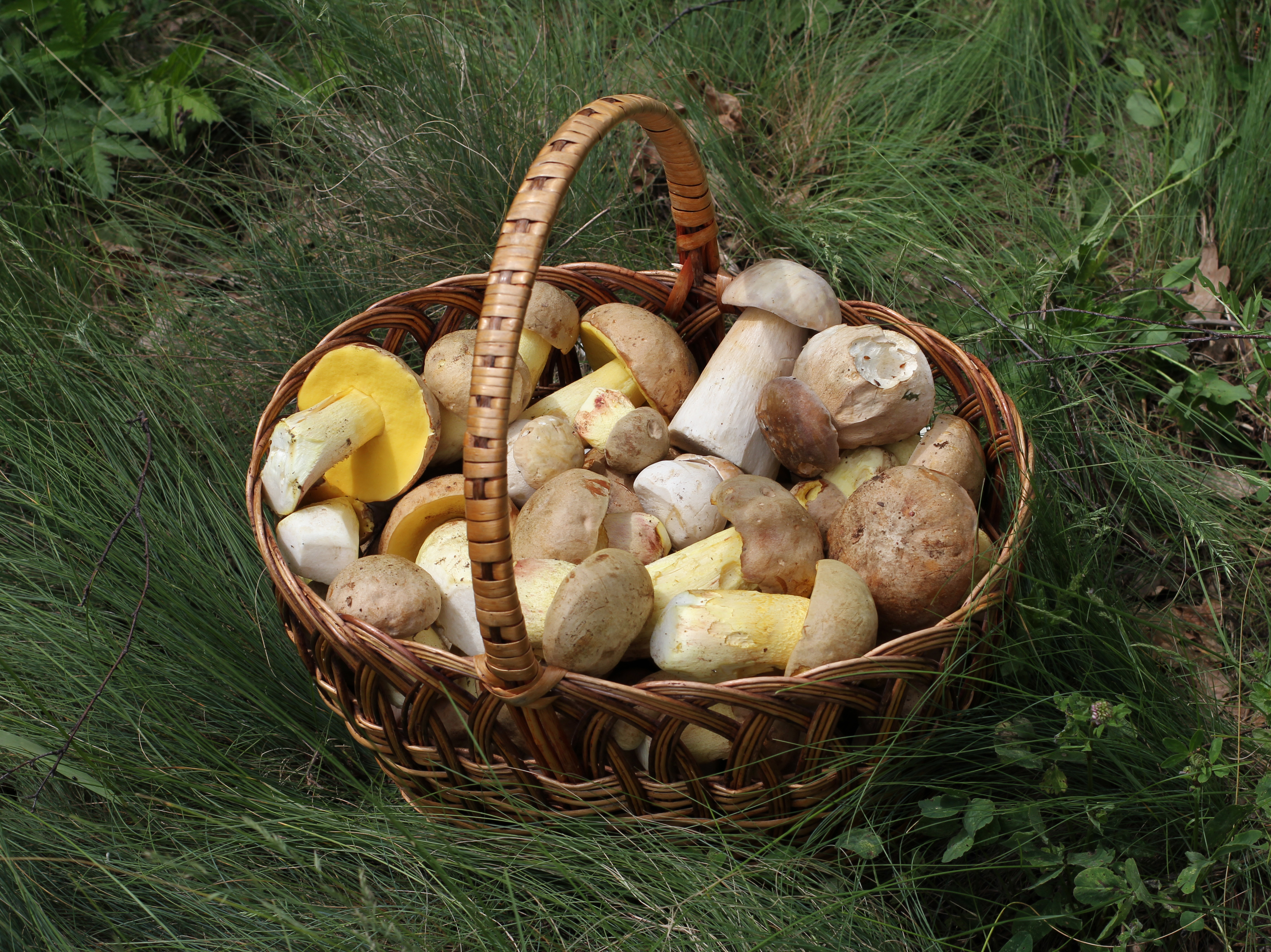|
Neko Chigura
''Neko chigura'' (''nekochigura'') or ''Neko tsugura'' (''nekotsugura'') is a kind of cat house made of straw in Japan. It is a folk craft of Sekikawa-mura, Niigata-ken, or Akiyamago (the area of Tsunan-machi, Niigata-ken and Sakae-mura, Nagano-ken). It is called "Nekochigura" in Sekikawa, and "Nekotsugura" in Akiyamago ( ja). ''Chigura'' or ''tsugura'' is written as " 稚座" in kanji, and means bassinet in the Niigata dialect where there is the custom to use rice straw baskets for babies. Niigata constitutes, in fact, a rice granary and the basket industry is a side business in the winter season when the prefecture becomes snowbound. Presently, ''chigura'' for cats vary in shape according to the originality of the producer. There are two common types: Pillbox type and pot-shaped type; there are also some basket types. As cats seem to prefer small enclosed spaces, they like ''neko chigura'' to sleep in. See also * Cat café#Japan * Culture of Japan * Japanese ... [...More Info...] [...Related Items...] OR: [Wikipedia] [Google] [Baidu] |
Japanese Bamboowork
Bambooworking is the activity or skill of making items from bamboo, and includes architecture, carpentry, furniture and cabinetry, carving, joinery, and weaving. Its historical roots in Asia span cultures, civilizations, and millennia, and is found across East, South, and Southeast Asia History Bamboo has hundred of species and grows in large swathes across parts of East, South, and Southeast Asia. Along with wood, stone, sand, clay and animal parts, bamboo was one of the first materials worked by early humans. The development of civilization was closely tied to the development of increasingly greater degrees of skill in working these materials. Just like woodworking, it came to be used for bamboo construction, bamboo textiles, bamboo and wooden slips, bamboo musical instruments, bamboo weaving, and many other areas. China Bamboo's long life makes it a Chinese symbol of uprightness. The rarity of its blossoming has led to the flowers' being regarded as a sign of impending fa ... [...More Info...] [...Related Items...] OR: [Wikipedia] [Google] [Baidu] |
Cat Equipment
The cat (''Felis catus'') is a domestic species of small carnivorous mammal. It is the only domesticated species in the family Felidae and is commonly referred to as the domestic cat or house cat to distinguish it from the wild members of the family. Cats are commonly kept as house pets but can also be farm cats or feral cats; the feral cat ranges freely and avoids human contact. Domestic cats are valued by humans for companionship and their ability to kill rodents. About 60 cat breeds are recognized by various cat registries. The cat is similar in anatomy to the other felid species: they have a strong flexible body, quick reflexes, sharp teeth, and retractable claws adapted to killing small prey. Their night vision and sense of smell are well developed. Cat communication includes vocalizations like meowing, purring, trilling, hissing, growling, and grunting as well as cat-specific body language. Although the cat is a social species, they are a solitary hunter. As a preda ... [...More Info...] [...Related Items...] OR: [Wikipedia] [Google] [Baidu] |
Japanese Handicrafts
Traditional in Japan have a long tradition and history. Included in the category of traditional crafts are handicrafts produced by an individual or a group, as well as work produced by independent studio artists working with traditional craft materials and/or processes. History Japanese craft dates back since humans settled on its islands. Handicrafting has its roots in the rural crafts – the material-goods necessities – of ancient times. Handicrafters used naturally- and indigenously-occurring materials. Traditionally, objects were created to be used and not just to be displayed and thus, the border between craft and art was not always very clear. Crafts were needed by all strata of society and became increasingly sophisticated in their design and execution. Craft had close ties to folk art, but developed into fine art, with a number of aesthetic schools of thought, such as , arising. Craftsmen and women therefore became artisans with increasing sophistication. However, w ... [...More Info...] [...Related Items...] OR: [Wikipedia] [Google] [Baidu] |
Culture Of Japan
The culture of Japan has changed greatly over the millennia, from the country's prehistoric Jōmon period, to its contemporary modern culture, which absorbs influences from Asia and other regions of the world. Historical overview The ancestry of Japanese people remains mysterious; however, there are two competing hypotheses that try to explain the lineage of the Japanese people. The first hypothesis proposes a dual-structure model, in which Japanese populations are descendants of the indigenous Jomon people and later arrivals of people from the East Eurasian continent, known as the Yayoi people. Japan's indigenous culture originates primarily from the Yayoi people who settled in Japan between 1000 BCE and 300 CE. Yayoi culture spread to the main island of Honshū, mixing with the native Jōmon culture. Modern Japanese have an estimated 80% Yayoi and 20% Jōmon ancestry. The second hypothesis posits a tripartite model of genomic origin. This hypothesis proposes that co ... [...More Info...] [...Related Items...] OR: [Wikipedia] [Google] [Baidu] |
Cat Café
A cat café is a theme café whose attraction is cats who can be watched and played with. Patrons pay a cover fee, generally hourly, and thus cat cafés can be seen as a form of supervised indoor pet rental. "Cat café" has been officially recognized in the online edition of the Oxford Dictionary of English since August 2015. History The world's first cat café, "Cat Flower Garden" (貓花園Nikkei BP Article on 2 May 2008 ), opened in Taipei, Taiwan, in 1998 and eventually became a global tourist destination. The concept blossomed in Japan, where the first one named "Neko no Jikan" (lit. "Cat's Time") was opened in Osaka in 2004. Due to Japan's land size and population, many residents live in small apartments or condominiums which do not allow pets, making a cat café a very popular destination for young workers looking for the companionship and comfort offered. Tokyo's first cat café, named "Neko no mise" (Cat's Store), opened in 2005. After this, the popularity of cat café ... [...More Info...] [...Related Items...] OR: [Wikipedia] [Google] [Baidu] |
Bunker
A bunker is a defensive military fortification designed to protect people and valued materials from falling bombs, artillery, or other attacks. Bunkers are almost always underground, in contrast to blockhouses which are mostly above ground. They were used extensively in World War I, World War II, and the Cold War for weapons facilities, command and control centers, and storage facilities. Bunkers can also be used as protection from tornadoes. Trench bunkers are small concrete structures, partly dug into the ground. Many artillery installations, especially for coastal artillery, have historically been protected by extensive bunker systems. Typical industrial bunkers include mining sites, food storage areas, dumps for materials, data storage, and sometimes living quarters. When a house is purpose-built with a bunker, the normal location is a reinforced below-ground bathroom with fiber-reinforced plastic shells. Bunkers deflect the blast wave from nearby explosions to prevent ... [...More Info...] [...Related Items...] OR: [Wikipedia] [Google] [Baidu] |
Basket
A basket is a container that is traditionally constructed from stiff fibers and can be made from a range of materials, including wood splints, runners, and cane. While most baskets are made from plant materials, other materials such as horsehair, baleen, or metal wire can be used. Baskets are generally woven by hand. Some baskets are fitted with a lid, while others are left open on top. Uses Baskets serve utilitarian as well as aesthetic purposes. Some baskets are ceremonial, that is religious, in nature. While baskets are usually used for harvesting, storage and transport, specialized baskets are used as sieves for a variety of purposes, including cooking, processing seeds or grains, tossing gambling pieces, rattles, fans, fish traps, and laundry. History Prior to the invention of woven baskets, people used tree bark to make simple containers. These containers could be used to transport gathered food and other items, but crumbled after only a few uses. Weaving strips of b ... [...More Info...] [...Related Items...] OR: [Wikipedia] [Google] [Baidu] |
Japanese Dialects
The dialects of the Japanese language fall into two primary clades, Eastern (including Tokyo) and Western (including Kyoto), with the dialects of Kyushu and Hachijō Island often distinguished as additional branches, the latter perhaps the most divergent of all. The Ryukyuan languages of Okinawa Prefecture and the southern islands of Kagoshima Prefecture form a separate branch of the Japonic family, and are not Japanese dialects, although they are sometimes referred to as such. History Regional variants of Japanese have been confirmed since the Old Japanese era. The '' Man'yōshū'', the oldest existing collection of Japanese poetry, includes poems written in dialects of the capital (Nara) and eastern Japan, but other dialects were not recorded. The recorded features of eastern dialects were rarely inherited by modern dialects, except for a few language islands such as Hachijo Island. In the Early Middle Japanese era, there were only vague records such as "rural dialects ar ... [...More Info...] [...Related Items...] OR: [Wikipedia] [Google] [Baidu] |
Bassinet
A bassinet, bassinette, or cradle is a bed specifically for babies from birth to about four months. Bassinets are generally designed to work with fixed legs or caster wheels, while cradles are generally designed to provide a rocking or gliding motion. Bassinets and cradles are distinguished from Moses baskets and carry cots, which are designed to be carried and sit directly on the floor or furniture. After four months, babies are often transferred to a crib (North American usage) or cot (UK usage). In the United States, however, the bedside sleeper is the prevalent option, since they are generally bigger, recommended up to 6 months, and often used up to a year. Design A bassinet is typically a basket-like structure on free-standing legs, often with castors. [...More Info...] [...Related Items...] OR: [Wikipedia] [Google] [Baidu] |
Kanji
are the logographic Chinese characters taken from the Chinese family of scripts, Chinese script and used in the writing of Japanese language, Japanese. They were made a major part of the Japanese writing system during the time of Old Japanese and are still used, along with the subsequently-derived syllabic scripts of ''hiragana'' and ''katakana''. The characters have Japanese pronunciation, pronunciations; most have two, with one based on the Chinese sound. A few characters were invented in Japan by constructing character components derived from other Chinese characters. After World War II, Japan made its own efforts to simplify the characters, now known as shinjitai, by a process similar to China's simplified Chinese characters, simplification efforts, with the intention to increase literacy among the common folk. Since the 1920s, the Japanese government has published character lists periodically to help direct the education of its citizenry through the myriad Chinese characte ... [...More Info...] [...Related Items...] OR: [Wikipedia] [Google] [Baidu] |








.png)

